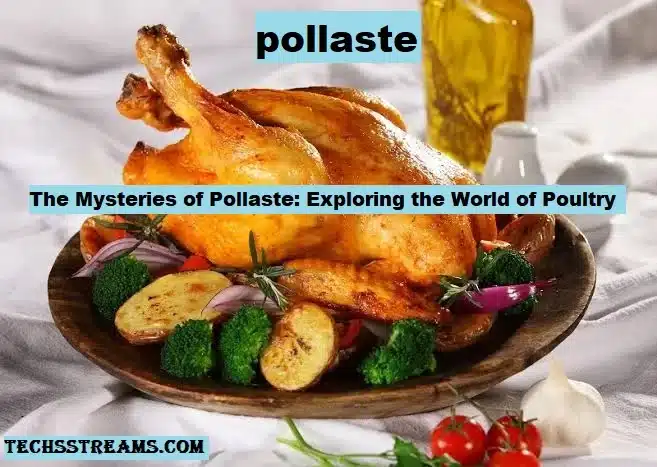
pollaste, often overlooked in the realm of poultry, holds a significant place in the world of farming and gastronomy. In this article, we delve into the intricacies of pollaste, exploring its origins, characteristics, and culinary significance.
Origin and History of Pollaste
pollaste, a term derived from the Estonian language, refers to young domesticated poultry, typically chickens or roosters. Originating in Northern Europe, specifically Estonia, the tradition of raising and consuming pollaste dates back centuries. Initially bred for their eggs and meat, pollaste gradually gained recognition beyond local farms, finding their way into international cuisines.
Characteristics of Pollaste
- Age: pollaste are typically between six to eight weeks old, making them younger than adult chickens but older than chicks.
- Size: They are smaller in size compared to mature chickens, with tender meat that is prized for its succulence.
- Taste and Texture: Due to their youth, pollaste boast tender, juicy meat with a subtle flavor, making them versatile for various culinary preparations.
Culinary Applications
Roasting: Roasted pollaste, seasoned with herbs and spices, is a delicacy enjoyed in many cuisines. The tender meat, coupled with crispy skin, makes for a delightful dining experience.
Grilling: Grilled pollaste, marinated in savory sauces or marinades, is a popular choice for barbecue enthusiasts. The smoky flavor enhances the natural juiciness of the meat, creating a mouthwatering dish.
Stewing: In traditional recipes, pollaste are often stewed with vegetables and aromatic herbs, resulting in hearty and comforting meals, perfect for cold winter nights.
Frying: Fried pollaste, coated in crispy batter or breadcrumbs, offers a satisfying crunch with each bite. This cooking method preserves the tenderness of the meat while adding a delightful texture.
Cultural Significance
In Estonia, pollaste dishes hold cultural significance, featuring prominently in festive celebrations and family gatherings. From traditional stews to modern interpretations, pollaste continues to captivate Estonian palates.
Beyond Estonia, pollaste has made its mark in various cuisines worldwide. From French coq au vin to Asian stir-fries, pollaste versatility transcends borders, enriching culinary traditions across the globe.
Sustainable Farming Practices
Pasture-Raised: Many farmers prioritize pasture-raised pollaste, allowing them to forage for natural vegetation and insects, resulting in healthier and more flavorful meat.
Organic Feed: Organic feed, free from antibiotics and hormones, ensures the well-being of pollaste while minimizing environmental impact.
Regenerative Agriculture: Some farms practice regenerative agriculture, integrating pollaste into rotational grazing systems that promote soil health and biodiversity.
Conclusion
pollaste, though often overshadowed by their adult counterparts, embody the essence of youthfulness and flavor in the world of poultry. From their humble origins in Estonia to their global culinary presence, pollaste continue to captivate food enthusiasts with their tender meat and versatile applications. Whether roasted, grilled, stewed, or fried, pollaste dishes offer a delightful journey into the rich tapestry of gastronomy, reminding us of the timeless appeal of farm-fresh ingredients and traditional cooking techniques.